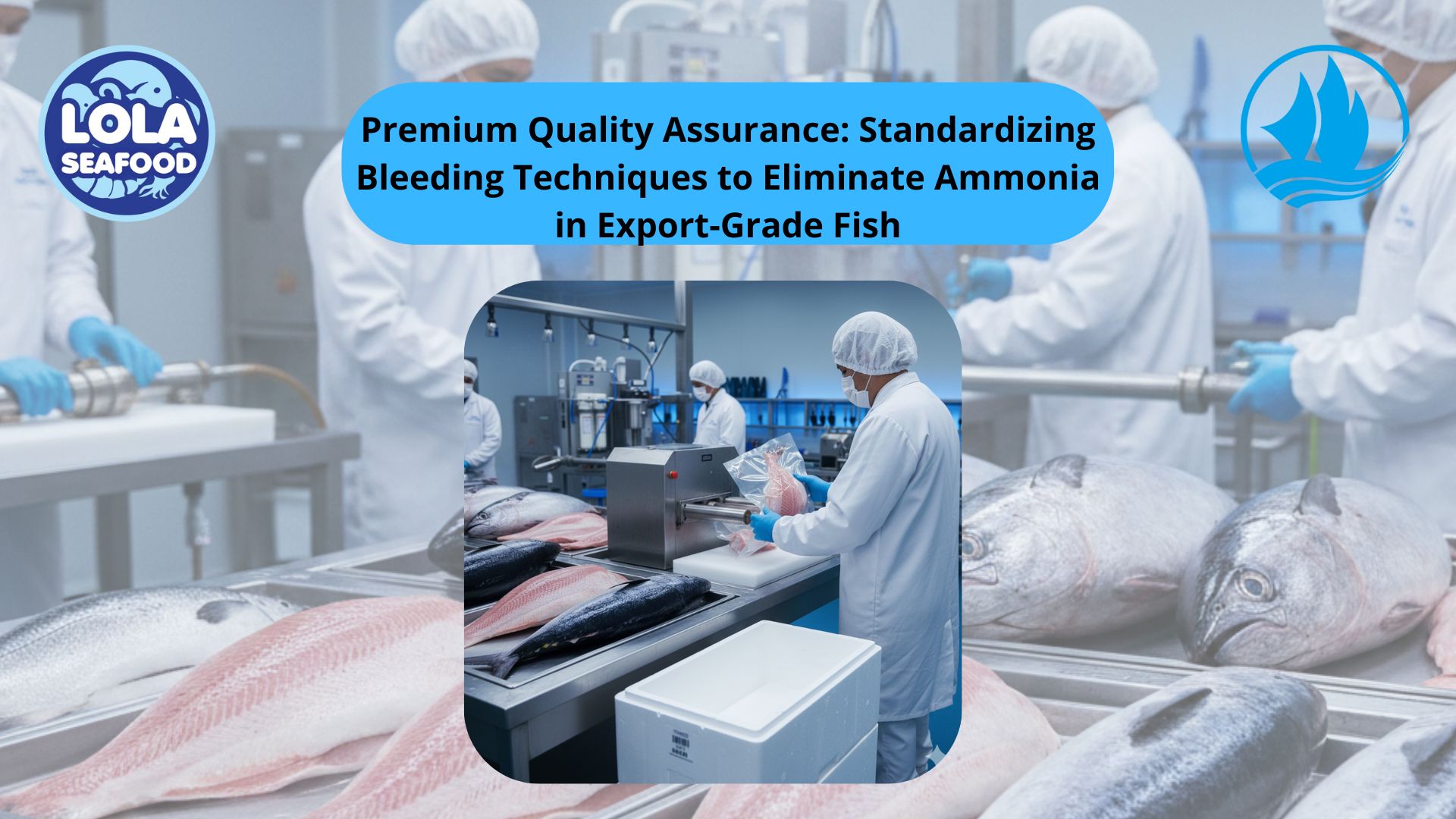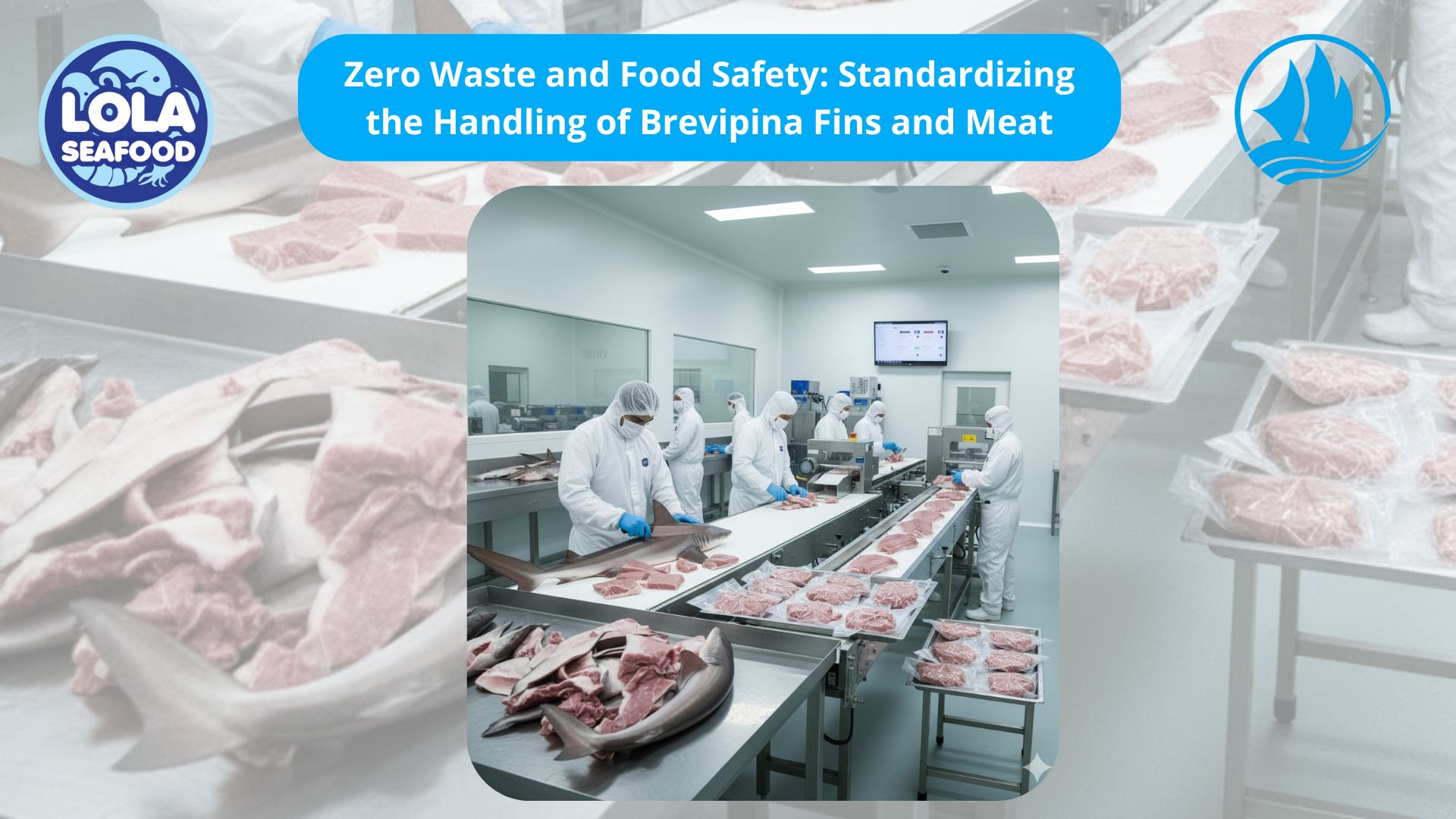How Accurate Yield Calculation Enhances Quality Control in Fish Processing
By. Wiwik Rasmini - 16 Sep 2025.jpg)
Kelolalaut.com In the global seafood industry, yield calculation is one of the most crucial performance indicators for production efficiency. Yield refers to the percentage of usable product obtained from raw fish after processing, including filleting, trimming, skinning, or portioning. While many perceive yield as a purely financial measure, its importance goes beyond cost management. Accurate yield calculation plays a direct role in ensuring quality control in fish processing, linking product consistency, customer satisfaction, and regulatory compliance.
Understanding Yield in Fish Processing
Yield in fish processing is typically calculated by comparing the weight of the finished product with the original raw material. For instance, if a company purchases one ton of raw tuna and produces 400 kilograms of marketable fillet, the yield is 40%. Although this seems simple, in practice the calculation involves detailed monitoring at every stage of the processing chain. Different fish species, sizes, and conditions can significantly influence yield, making accurate measurement essential.
The Connection Between Yield and Quality
Accurate yield data provides more than just numbers for profit calculation. It serves as an early indicator of product quality and operational efficiency:
1. Consistency of Cuts and Filleting
Variations in yield often reflect inconsistencies in cutting or filleting techniques. For example, if yield percentages drop suddenly, it may indicate poor trimming practices or excessive removal of edible meat. Monitoring this helps quality control teams train staff and refine cutting standards to maintain uniformity.
2. Raw Material Quality Assessment
High-quality fish generally produces higher yields. By analyzing yield trends, processors can evaluate the freshness and condition of raw fish. A lower-than-expected yield might point to issues such as improper handling, spoilage, or damage during transportation.
3. Detecting Equipment or Process Problems
In modern processing plants, machinery is heavily involved in filleting, skinning, and portioning. Inconsistent yields may reveal mechanical errors, blade dullness, or misalignment in processing equipment. Identifying these issues quickly ensures that product quality is not compromised.
4. Maintaining Product Specifications
Buyers and retailers demand specific product sizes, weights, and appearances. Yield data helps processors verify that final products match customer requirements. Any deviation may suggest over-trimming, underweight portions, or variable product dimensions, all of which directly affect quality perception.
Enhancing Quality Control with Accurate Yield Data
To transform yield calculation into a quality control tool, processors need systematic approaches:
- Standardized Monitoring
Establishing standard operating procedures (SOPs) for yield measurement ensures accuracy and comparability across different batches. This includes defining trimming levels, portion sizes, and weighing methods.
- Real-Time Data Tracking
Advanced software and digital weighing systems allow plants to capture yield data in real time. This enables immediate corrective action when anomalies are detected, preventing large-scale defects.
- Integration with HACCP and GMP
Yield monitoring complements Hazard Analysis and Critical Control Point (HACCP) systems and Good Manufacturing Practices (GMP). By integrating yield data into these frameworks, companies can better identify risks and maintain high safety and quality standards.
- Training and Workforce Skill Development
Yield calculation highlights areas where staff performance directly impacts product outcomes. By using yield data as feedback, managers can conduct targeted training for filleting, trimming, and portioning, ultimately raising overall quality.
Benefits for the Industry and Consumers
When yield is accurately calculated and linked with quality control, both producers and consumers benefit:
- Producers gain higher efficiency, lower waste, and better consistency, strengthening their competitiveness in the global market.
- Consumers receive products that meet safety, appearance, and portion standards, which enhances trust in seafood brands.
- Regulators also benefit, as accurate yield data supports traceability, ensuring compliance with international standards.
Yield calculation in fish processing is more than a financial metric—it is a powerful tool for quality control. By carefully tracking yield, companies can identify weaknesses in raw material handling, processing techniques, and equipment performance. This not only reduces waste and cost but also ensures that final products consistently meet market and consumer expectations. In a competitive seafood industry, accurate yield calculation is the bridge between efficiency and excellence in quality.
If youre interested in our Parrotfish Fillet Skin On and Parrotfish Fillet Skinless please do not hesitate to contact us through email and/or Whatsapp

The Dominance of Demersal Fish: The Strategic Export Potential of Indonesia’s Grouper and Parrotfish


.jpg)


.jpg)

